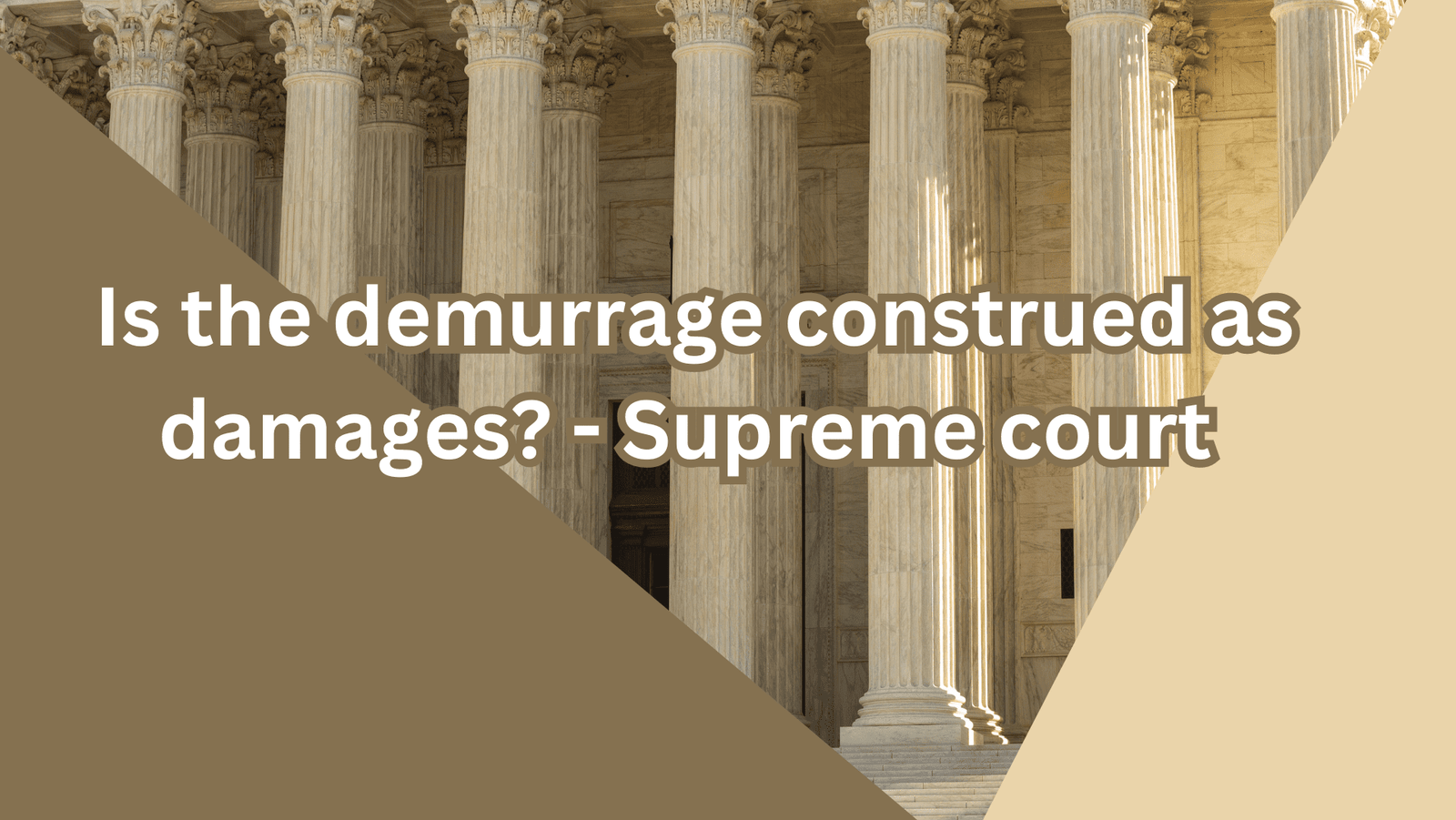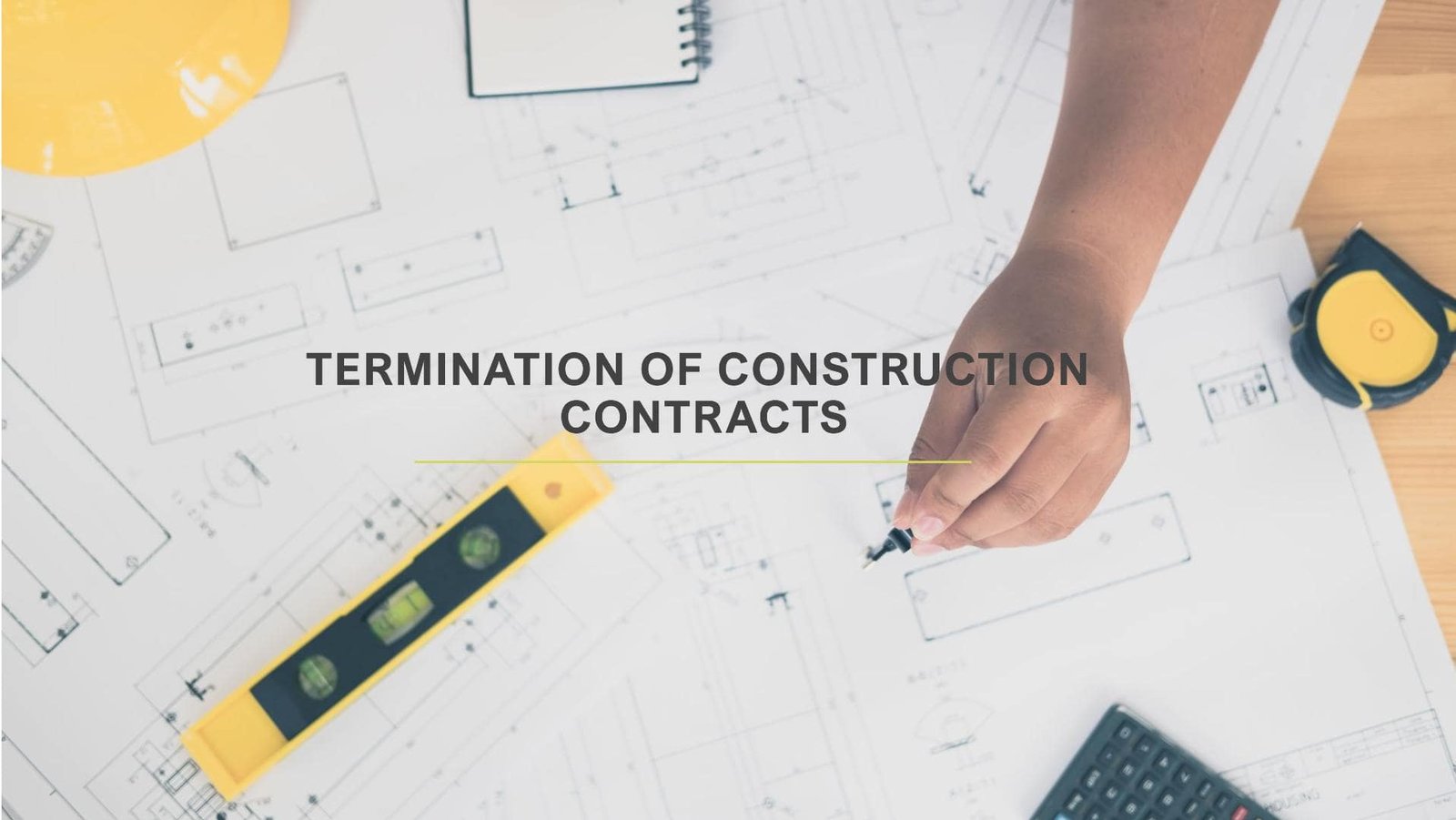👉🏻There are several terms used in the insurance world that mean different things to different people and one of these is contractors’ all risks (CAR) insurance.
👉🏻A CAR policy responds when the works being constructed, as defined in the contract, are damaged by an insured peril and require replacing and/or repairing.
👉🏻It is normal for the project contract to stipulate who will provide this cover. If it were the contractor then it would be normal for them to have an annual policy covering all their contracts up to a specific limit.
👉🏻However, should responsibility fall upon the employer then cover would normally be under a policy arranged specifically for that project.
👉🏻When arranging the cover, we recommend that care be taken in identifying the correct contract value, construction period, defect period and description of the works.
👉🏻All policies will have an excess that will be deducted from any claim settlement. On occasions insurers will apply more than one excess under a policy for specific losses, e.g. flood claims may have a higher excess than any other claim where the risk of flooding warrants this.
👉🏻The following extensions of cover should be included in the policy but may be subject to inner limits that may be amended by negotiation with insurers prior to the project starting:
+ professional fees;
+ automatic reinstatement of the policy limit following a loss;
+ debris removal;
+ free issue materials;
+ discovery of munitions of war;
+ inflation clause;
+ plans and documents;
+ public authority clause.
👉🏻Additional cost of construction of unbuilt works There are two elements to this cover as explained below.
1.Inflation only The need for this cover is best illustrated by an example. Suppose that an eight-storey office block is being constructed but it is badly damaged by fire after only four storeys have been completed. The contract works material damage cover will pay for the cost of reinstating the damage (including any inflationary aspects).
👉🏻However, by the time that work is completed the cost of building the upper four floors may have increased as a result of inflation. Underwriters normally require the insured to bear a proportion of each claim. Care is needed in assessing the sum insured, which must reflect the worst possible scenario and the insured’s estimate of future inflation on building costs.
2.Out of sequence working Successful delivery on time of a development depends on all site activities running to time in the right sequence. If this sequence is thrown out by damage the cost of development can increase substantially. It is possible to insure this risk but, again, the insured will almost certainly have to bear a proportion of each loss subject to a minimum contribution.












